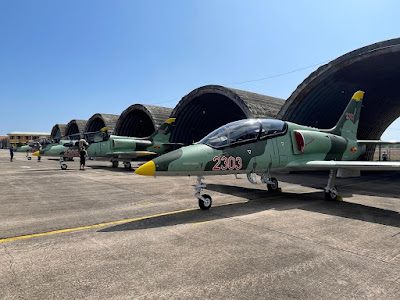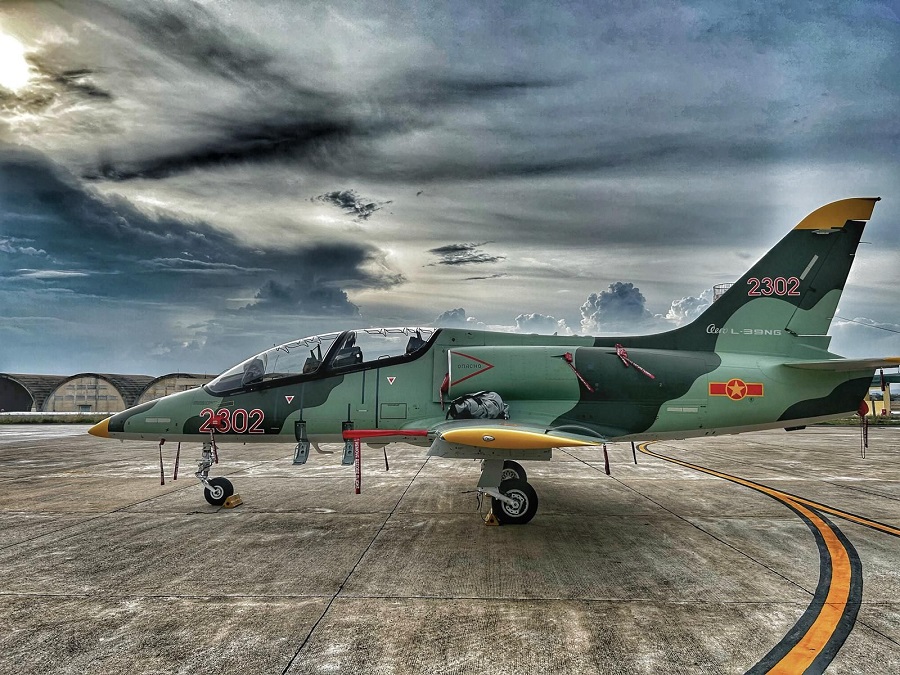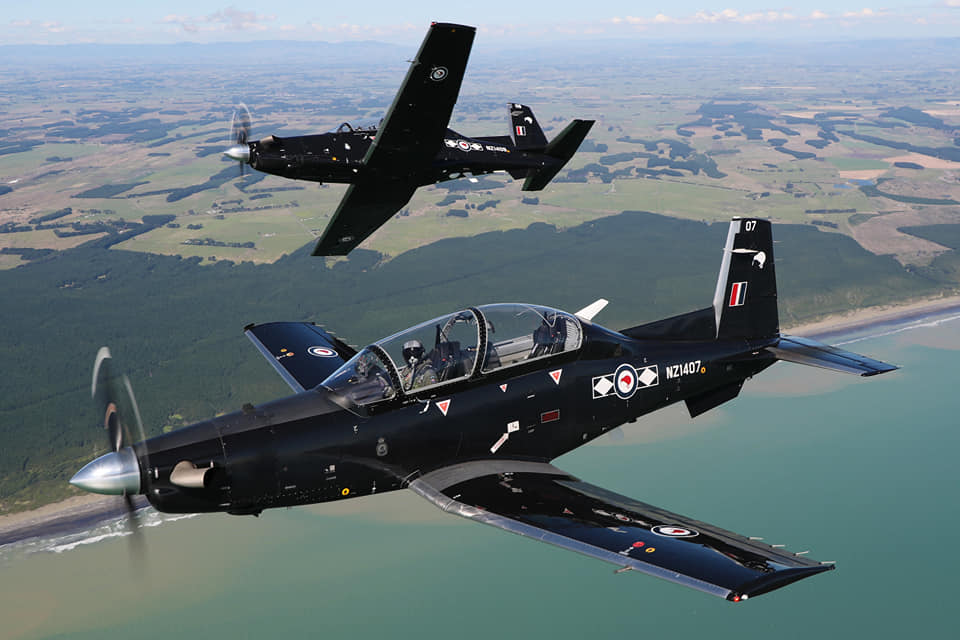Vietnam’s L-39 Skyfox Acquisition: A Bold Step Towards Western Fighter Jets?
Defense analysts interpret this as a strategic maneuver, potentially paving the way for Vietnam’s transition towards Western-built fighter jets.
(DEFENCE SECURITY ASIA) – In a move that could reshape its military landscape, Vietnam has officially received its full order of L-39 Skyfox jet trainer aircraft from Czech aerospace firm Aero Vodochody.
Defense analysts interpret this as a strategic maneuver, potentially paving the way for Vietnam’s transition towards Western-built fighter jets.
Military observers believe Vietnam could potentially breaking free from its long-standing dependence on Russian-made weaponry, signaling a major geopolitical shift.
The country is now gradually opening its doors to defense deals with Western nations—including the United States.
Speculation is also mounting that Vietnam’s acquisition of the L-39 Skyfox is not just about pilot training—it may be a precursor to the nation’s first-ever purchase of American F-16 C/D fighter jets.
Reports indicate that Washington and Hanoi have been in discussions for years regarding such a procurement, hinting at a potential historic arms deal.
Vietnam took delivery of 12 L-39 Skyfox aircraft, shipped in two separate batches of six jets each.

The first batch arrived in the last quarter of 2023, while the second and final batch marked the full execution of a contract signed in February 2021.
The L-39 Skyfox will play a crucial role in pilot training, serving as an intermediate platform between the Beechcraft T-6C Texan II turboprop trainer and more advanced combat trainers like the Yak-130.
A modernized iteration of the iconic L-39 Albatros, which first took to the skies in 1968, the L-39 Skyfox boasts a reinforced airframe, replacing traditional wingtip fuel tanks with internal wing tanks for better aerodynamics and efficiency.
The aircraft is fitted with cutting-edge avionics from Genesys Aerosystems and powered by a Williams FJ44-4M engine, delivering 16.89 kN of thrust.
Designed for advanced pilot training, the L-39 Skyfox can also serve as a light attack platform, boasting a 1,200 kg weapons payload capacity.
It is fully equipped for precision-guided munitions, which can be mounted on five hardpoints—one under the fuselage and four under the wings.
With rising tensions in the South China Sea and an evolving security landscape, Vietnam is accelerating its Air Force modernization efforts.

In a major departure from its traditional reliance on Russian arms, Hanoi is now actively exploring defense procurement options from alternative sources, particularly Western suppliers.
Further arms purchases from Russia could also place Vietnam in a diplomatic bind, as Western allies grow increasingly wary of Moscow.
With Russia’s defense industry crippled by sanctions following its invasion of Ukraine, Vietnam risks being politically isolated if it continues relying on Russian-made military assets.
In 2023, the United States reportedly engaged in negotiations with Vietnam to finalize what could be the largest arms deal ever between the two nations—nearly five decades after their bitter wartime conflict.
According to sources cited by Reuters, the deal is expected to include the sale of F-16 fighter jets to Vietnam, a monumental shift that could bring the country into closer alignment with U.S. defense networks.
To sweeten the deal, Washington is allegedly considering offering affordable financial packages to Vietnam, providing an incentive to phase out its dependence on Russia’s traditionally low-cost military hardware.
Currently, Moscow remains Vietnam’s dominant arms supplier, accounting for nearly 80% of its military equipment.
Despite growing military cooperation with the United States, reports suggest that negotiations over the F-16 deal have hit a roadblock.

Hanoi is reportedly hesitant, fearing that purchasing American fighter jets could strain its delicate diplomatic ties with China and other regional powers.
Nevertheless, Vietnam has already taken steps towards closer military ties with Washington. In November 2023, the country received five Beechcraft T-6C Texan II trainer aircraft—marking the first time the U.S. has supplied military aircraft to Vietnam since the war ended in the 1970s.
The Beechcraft T-6 Texan II, a single-engine turboprop trainer developed by Textron Aviation, is widely used by the U.S. Air Force to train pilots for advanced fighter jets—including the F-16.
With Vietnam’s Air Force modernization in full swing, all eyes are on Hanoi’s next move.
Will the country make history by acquiring its first-ever fleet of American fighter jets, or will strategic concerns keep it tethered to its traditional defense partners?
— DEFENCE SECURITY ASIA


